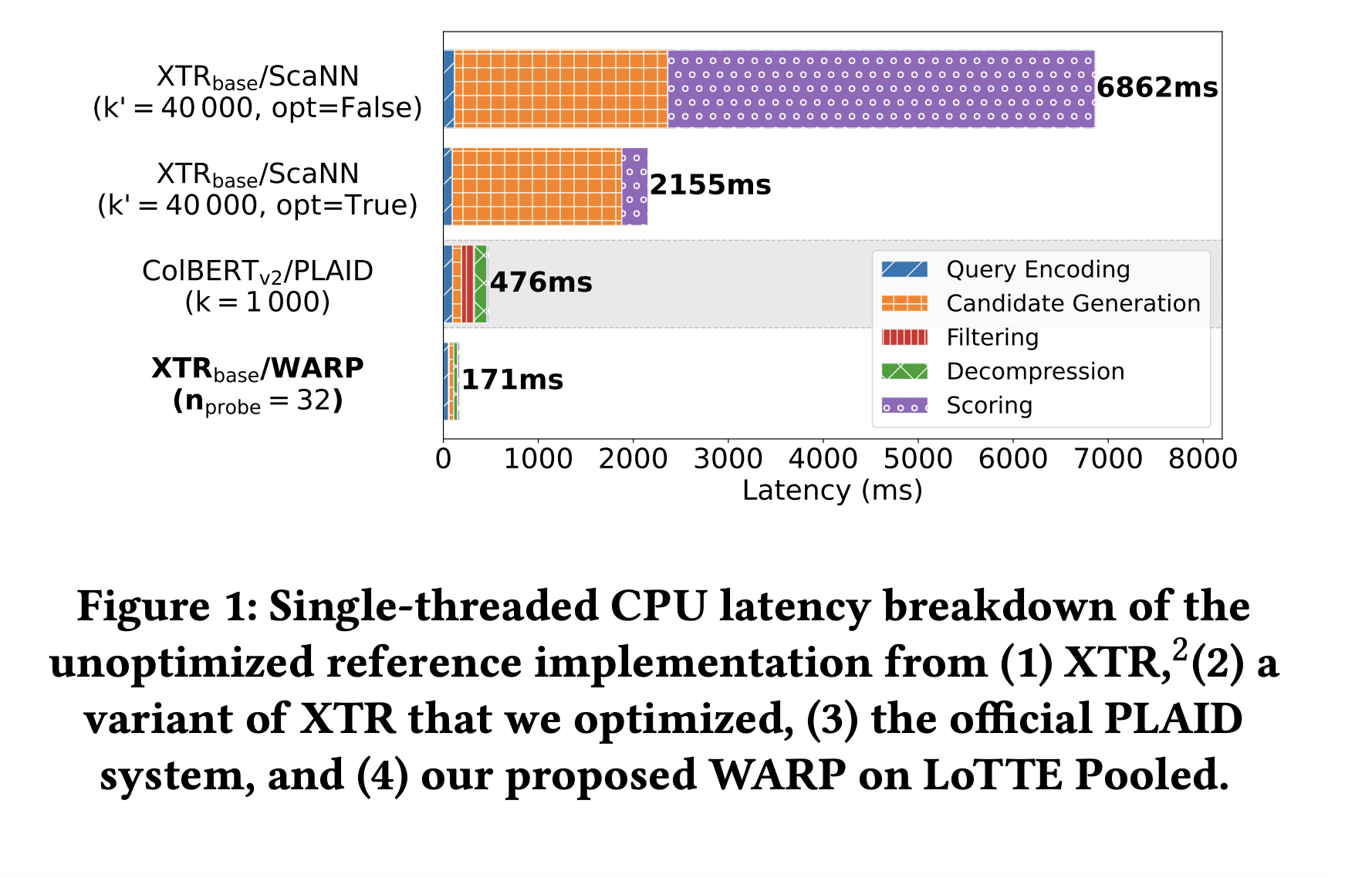
Introduction to Multi-Vector Retrieval
Multi-vector retrieval is a significant advancement in how we find information, especially with the use of transformer-based models. Unlike traditional methods that use a single vector for queries and documents, multi-vector retrieval allows for multiple representations. This leads to better search accuracy and quality.
Challenges in Multi-Vector Retrieval
One major challenge is balancing speed and performance. Traditional methods are quick but often miss complex relationships in documents. In contrast, accurate multi-vector methods can be slow due to the need for multiple similarity calculations. The goal is to maintain the benefits of multi-vector retrieval while reducing the computational load for real-time searches.
Improvements in Efficiency
Several advancements have been made to enhance the efficiency of multi-vector retrieval:
- ColBERT: Introduced a late interaction mechanism for efficient query-document interactions.
- ColBERTv2 and PLAID: Built on this idea with better pruning techniques and optimized coding.
- XTR Framework: Simplified scoring without needing a separate document gathering stage.
Introducing WARP
A research team from ETH Zurich, UC Berkeley, and Stanford University developed WARP, a search engine that optimizes XTR-based ColBERT retrieval. WARP combines features from ColBERTv2 and PLAID with unique enhancements for better efficiency:
- WARPSELECT: Reduces unnecessary calculations for dynamic similarity.
- Implicit Decompression: Lowers memory operations during retrieval.
- Two-Stage Reduction: Speeds up scoring processes.
How WARP Works
WARP uses a structured approach to improve retrieval:
- It encodes queries and documents with a fine-tuned T5 transformer, creating token-level embeddings.
- WARPSELECT identifies relevant document clusters, avoiding redundant calculations.
- Implicit decompression reduces computational overhead.
- A two-stage method efficiently calculates document scores.
Performance Improvements
WARP significantly enhances retrieval speed and reduces processing time:
- It cuts query latency by 41 times compared to the XTR reference, reducing response times from over 6 seconds to just 171 milliseconds.
- WARP is three times faster than ColBERTv2/PLAID.
- It also optimizes index size, requiring 2x-4x less storage than previous methods.
Conclusion
The development of WARP represents a major leap in optimizing multi-vector retrieval. By integrating innovative computational techniques, it improves both speed and efficiency while maintaining high retrieval quality. WARP sets the stage for future advancements in fast and accurate information retrieval systems.
Explore More
Check out the Paper and GitHub Page. Follow us on Twitter, join our Telegram Channel, and connect with our LinkedIn Group. Don’t forget to join our 70k+ ML SubReddit.
Transform Your Business with AI
Stay competitive and leverage AI to enhance your operations:
- Identify Automation Opportunities: Find key customer interactions that can benefit from AI.
- Define KPIs: Ensure measurable impacts from your AI initiatives.
- Select an AI Solution: Choose tools that fit your needs and allow customization.
- Implement Gradually: Start with a pilot project, gather data, and expand wisely.
For AI KPI management advice, connect with us at hello@itinai.com. For ongoing insights into leveraging AI, follow us on Telegram or @itinaicom.
Discover how AI can transform your sales processes and customer engagement at itinai.com.


























